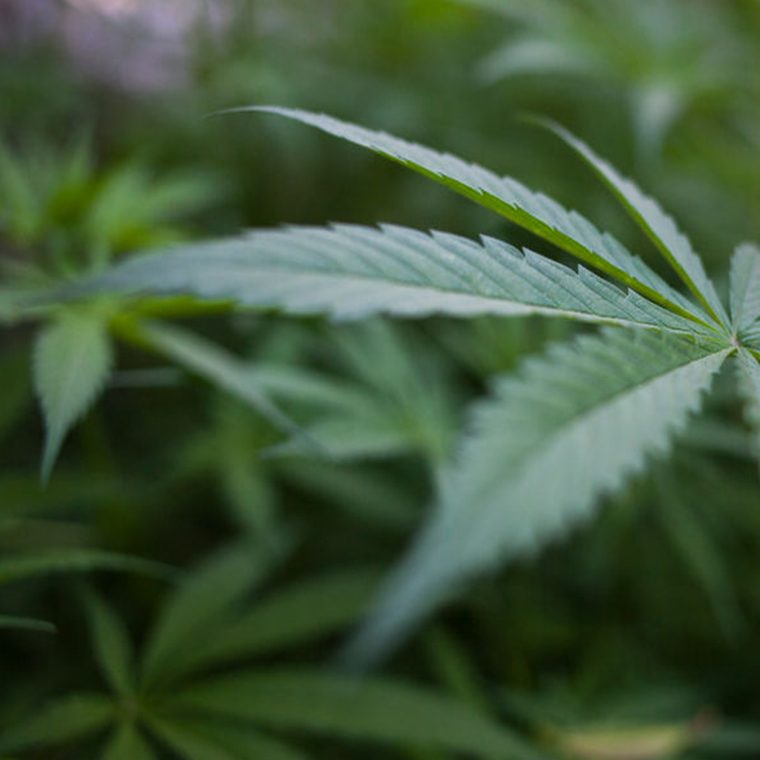It’s about the time of year where some people are focused on weed a little more than usual, but April 20 isn’t the only time of year that brands are thinking about their stance on the substance.
With marijuana legalization on the rise, businesses around the world are reconsidering how they can cash in. According to Brightfield Group research, a market research firm focused on the legal cannabis industry, the global cannabis market amounted to $7.7 billion in 2017. They forecast that the market will reach $31.4 billion by 2021, with the United States and Canada making up 86% of global sales.
In October 2018, Canada enacted the Cannabis Act and became only the second country in the world (after Uruguay) to formally legalize the cultivation, consumption and possession of marijuana. The decision’s major cultural implications aren’t the only thing worth watching; marketers and advertisers are taking the opportunity to “chase the green rush” by targeting potential cannabis consumers. But the opportunities in the weed market aren’t without risks.
Marketers looking to protect their brand’s image might look to block their ads from running alongside content mentioning or featuring illegal drugs. But with the legalization of marijuana in Canada, would advertisers have an increased tolerance for all illicit substances?
To find out, we looked into the potential implications of legalization and whether brand risk would evolve in the new legalization era.
Data from brand safety models in Canada in the month before legalization and the month after were used to identify changes in two key areas: advertisers’ requests to avoid illegal drug content as well as the number of impressions being flagged as appearing next to illegal drug content.

Even with the rising cultural acceptance of weed, advertisers remain cautious. In the month following Canada’s landmark decision, marketers had not softened their stance on illegal drug content and the risk posed to brand image or reputation. Based on brand safety metrics collected before and after legalization in Canada, it’s clear that the number of ads that went unplaced due to drug-related content actually increased slightly in the region.
Moving forward, it will be interesting to see if and how advertisers outside Canada will adjust their brand safety thresholds based on the legal status of cannabis. Will Canada create a domino effect? In the United States, marijuana is fully legal for recreational and medicinal purposes in some states but not others. The availability of CBD has grown considerably in the U.S. since the Farm Bill in late 2018.
All of these factors create opportunities as consumer sentiment shifts, but advertisers have to weigh the benefits of reaching a wider audience against the potential for brand impact.
This post originally ran in Adweek on April 19, 2019.
 Share on LinkedIn
Share on LinkedIn Share on X
Share on X


